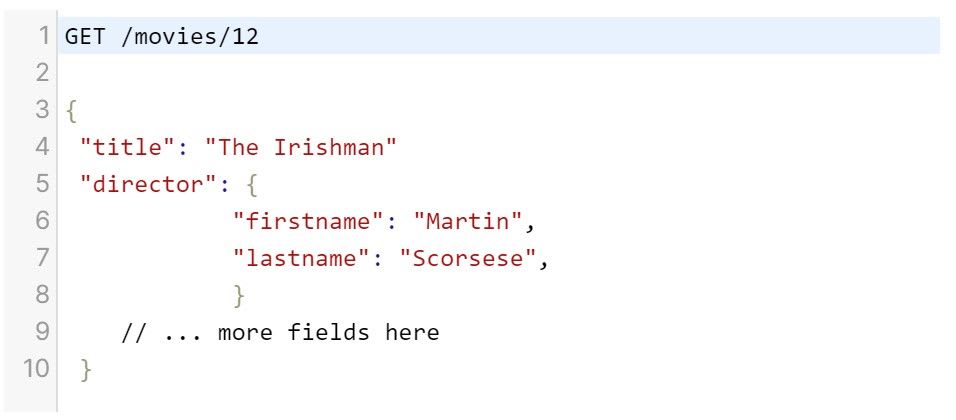

"description": "Selfie with best friend while hiking", These endpoints could return the following data: A third endpoint could be /user//followers that returns a list of followers of a user.

Another endpoint like /user//photos would expose all the photos of a user. To access user data, there could be a /user/ endpoint. Users have followers and the photos have likes and shares. In a REST API, you’d aggregate data by sending requests to multiple endpoints.įor example, consider an application where users can post their photos and access them. GraphQL makes data aggregation effortless and effective. With a GraphQL query, you get the exact amount of data you want. GraphQL brings many improvements to the table in this regard that you should consider. If we can improve upon the way we search for and collect data, we can add a major efficiency boost to how we gather information. From preparing risk assessment strategies, gaining insights into customer interests in large and small businesses, to gathering medical data for accelerating healthcare systems, data aggregation is a step we can’t take lightly. The high availability of data sources in this information age has opened up a lot of opportunities. With data science and big data becoming powerful tools in data analysis for varying use-cases across different kinds of organizations, turning a fresh eye towards how we aggregate data is relevant like never before. That’s what data aggregation does-it collects relevant pieces from the massive units of data that sit inside databases and helps us discover and extract information.ĭata aggregation significantly impacts us largely in our day-to-day lives. Data fetching: Aggregating data using GraphQL versus RESTĭata means nothing unless we put a label or context on it and use it for a specific purpose. Let’s go a bit deeper and try to understand the problems GraphQL solves and how it differs from REST. GraphQL’s philosophy of data modeling offers valuable insights and data visualization.Enables swift growth and evolution through faster product iterations.Large, complex apps and services benefit largely from GraphQL’s ability to make complex queries.Flexible queries help to design pragmatic and client-oriented APIs.Streamlines development with fewer lines of code.Data fetching in a single network call saves valuable resources.Strong type system offers out-the-box validation and type checking.Eliminates the over-fetching and under-fetching problems.The benefits of using GraphQL over REST are: GraphQL solves many of the demerits and inefficiencies of REST API architecture. REST and GraphQL are both ways of designing interfaces that provide access to data. Determining whether GraphQL or REST are best for your needsīenefits of using GraphQL instead of REST.Data fetching: Aggregating data using GraphQL versus REST.Benefits of using GraphQL instead of REST.Read on to see how GraphQL can be a suitable replacement for REST and is a game-changer in the API ecosystem and data aggregation. While REST has been (and still is) a popular way of exposing data to applications, the growing complexity and evolution of development have made it less viable in a range of scenarios. GraphQL offers a more efficient and flexible way for building APIs and scaling. GraphQL is a query language and runtime for APIs, intended to be a replacement for REST.


 0 kommentar(er)
0 kommentar(er)
